Maybe it is because under the main attack line, Charm Blue U20 and U10 are the only Meizu mobile phones that haven't been developed in recent years. They don't even have their own official website. The Meizu may want to have the explosive red line of the vivo X7 and the OPPO R9. The double-faced 2.5D glass and the starting price of 1099/999 are not familiar to Meizu. But no matter if the value is not worth buying, it will be the most special Meizu phone, not one.
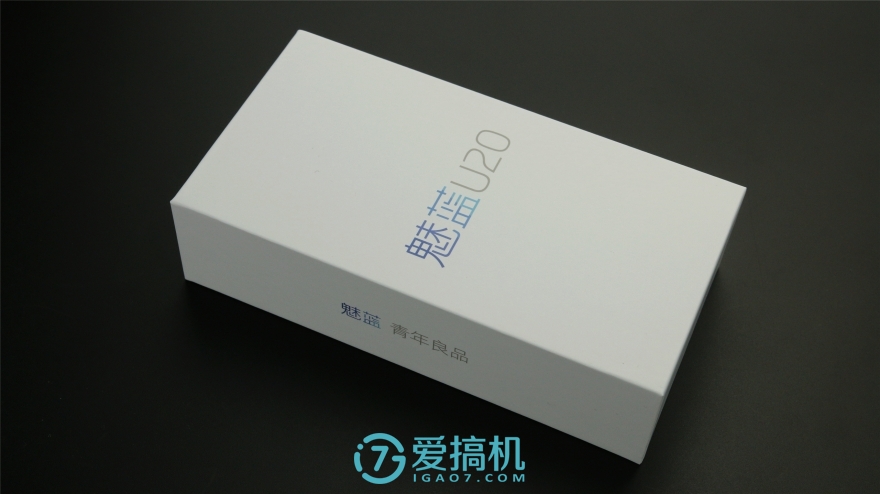
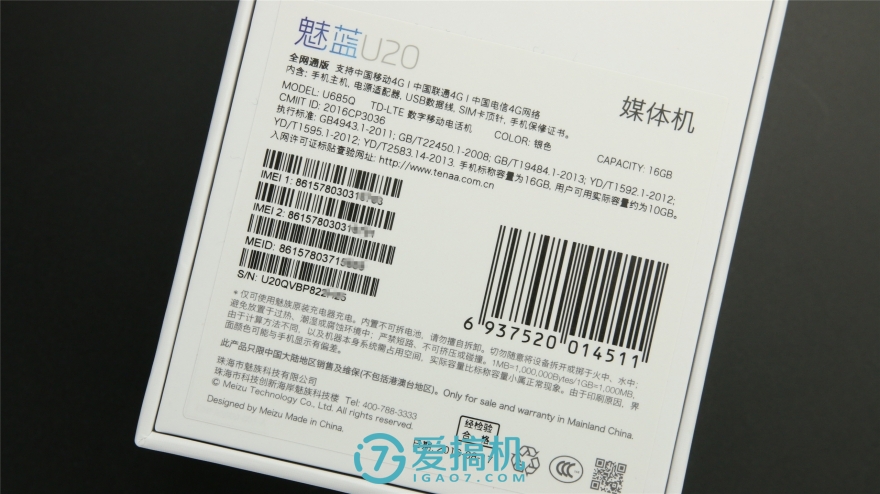
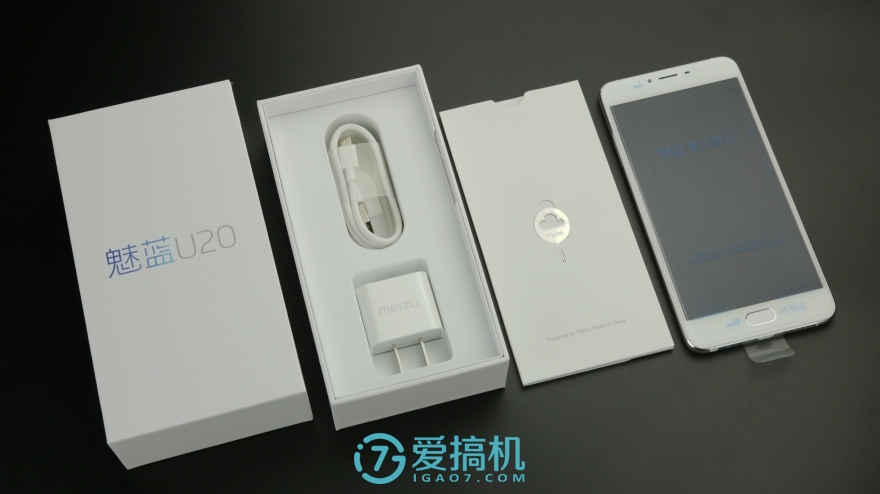
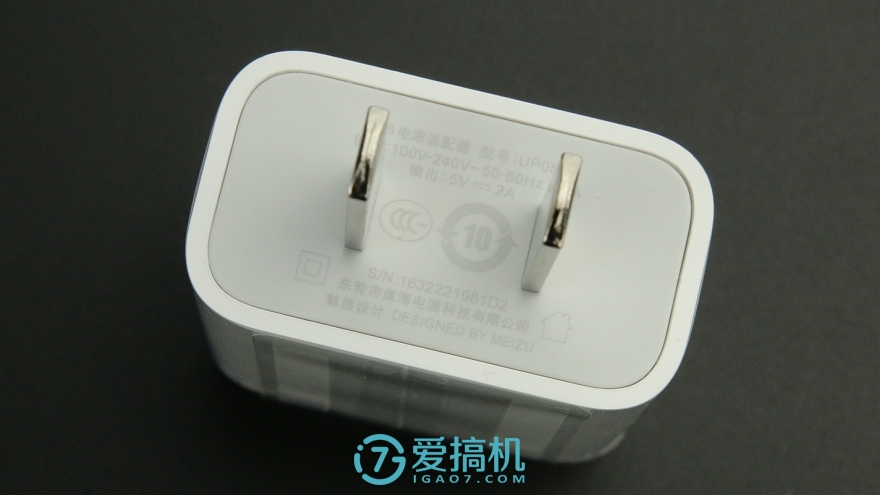
This year, Xiaomi Meizu has streamlined the packaging. Only the product name is printed on the Charm Blue U20 packaging. This time we got a white media tester. Accessories are still four major items: manual warranty, card pin, charger and power cord. Unfortunately, Charm Blue U20 does not support fast charging like the previously released Charm Blue E. The charging head output is only 5V2A.
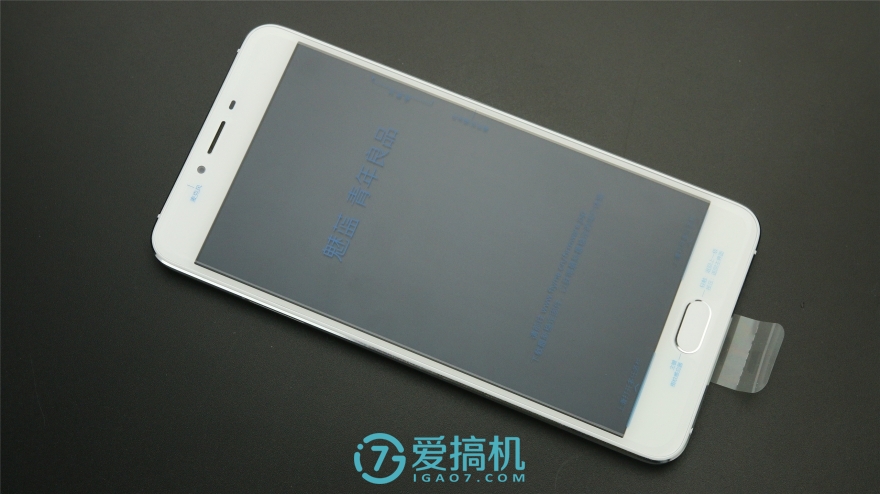
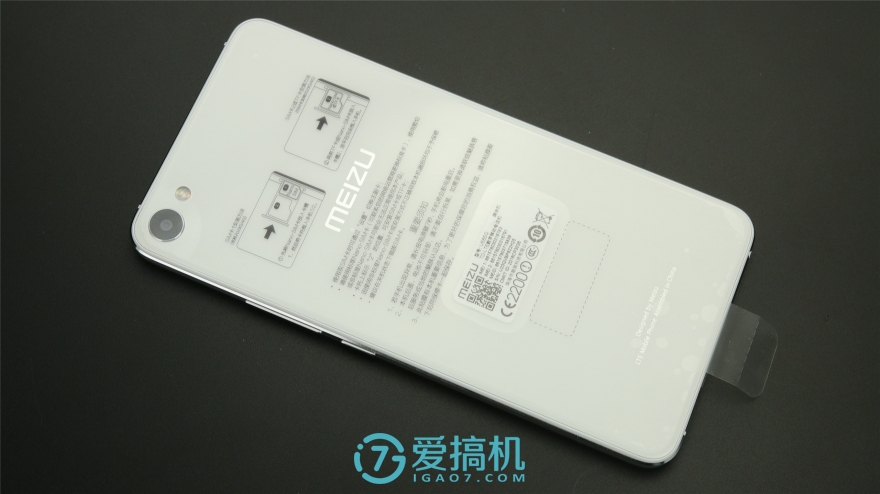
The film leaving the machine with very detailed functions and parts descriptions is still very hard to do.
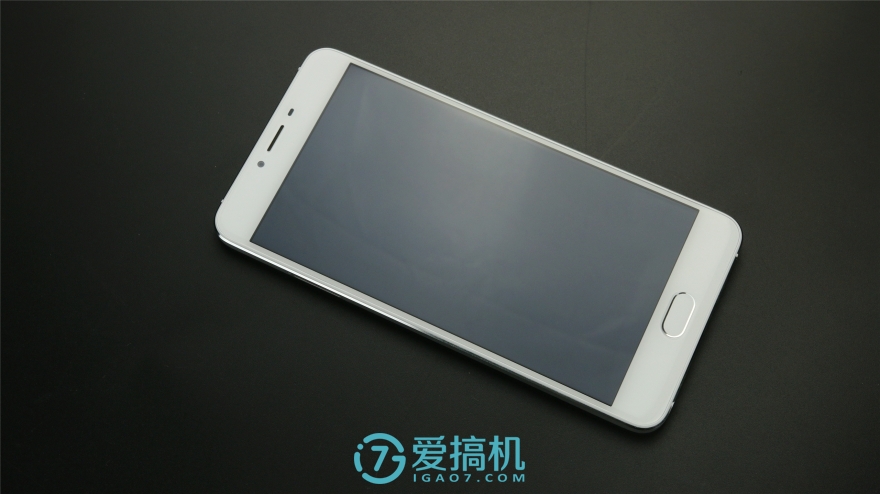
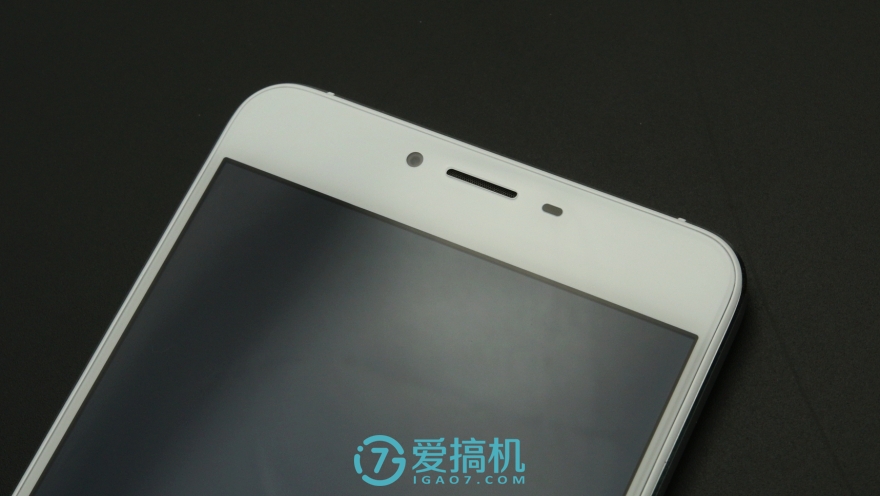

There is no logo on the front, 2.5D glass, concave home button to support fingerprint recognition, and a large degree of edge transition. The results of these elements are very close to each other. In this year Meizu's own and vivo X7, OPPO R7 and other equivalent products have Very high face ratio.
Unfortunately, the Curve Blue U20 2.5D glass edge curvature is not large, and the plastic gasket is high (but the screen is still slightly higher than the washer), causing the edge to slide slightly shaved.
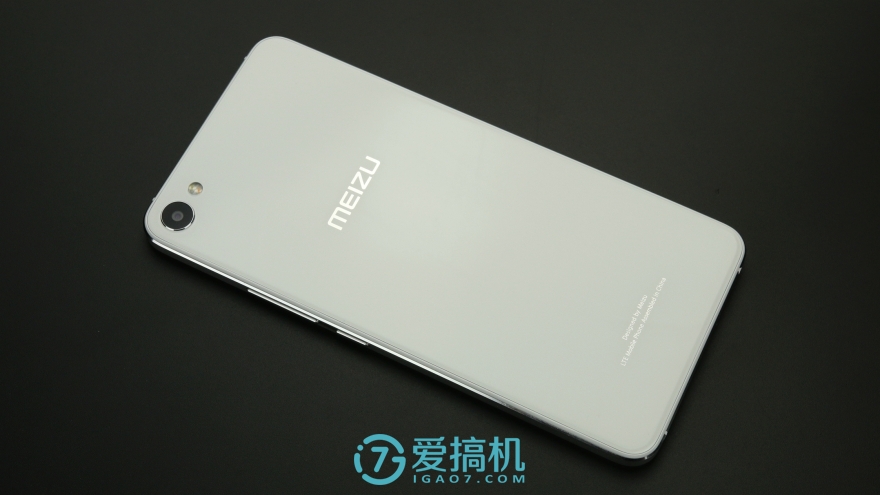
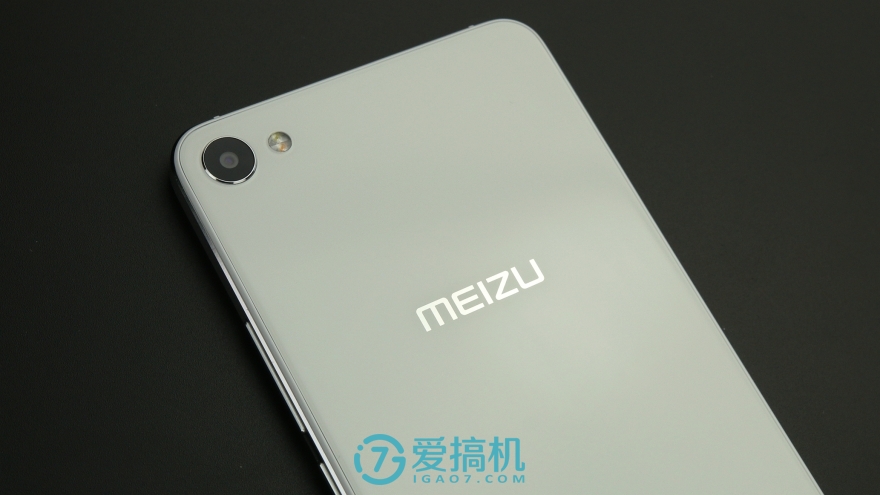
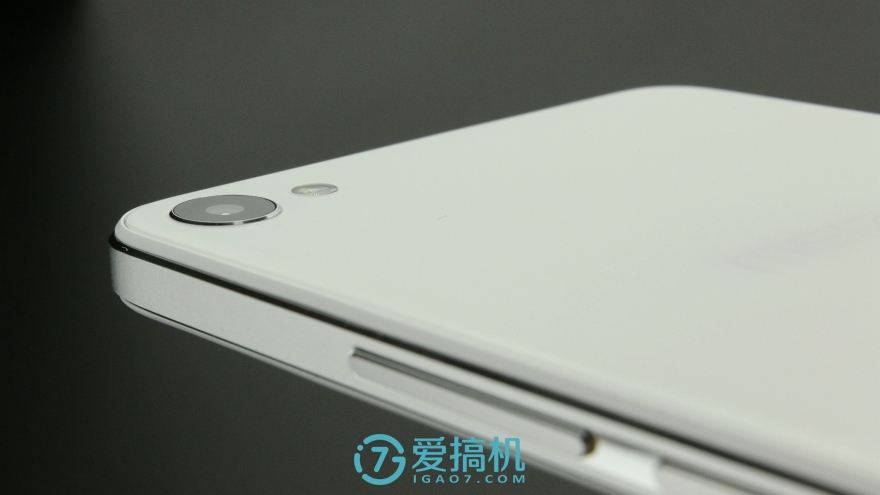
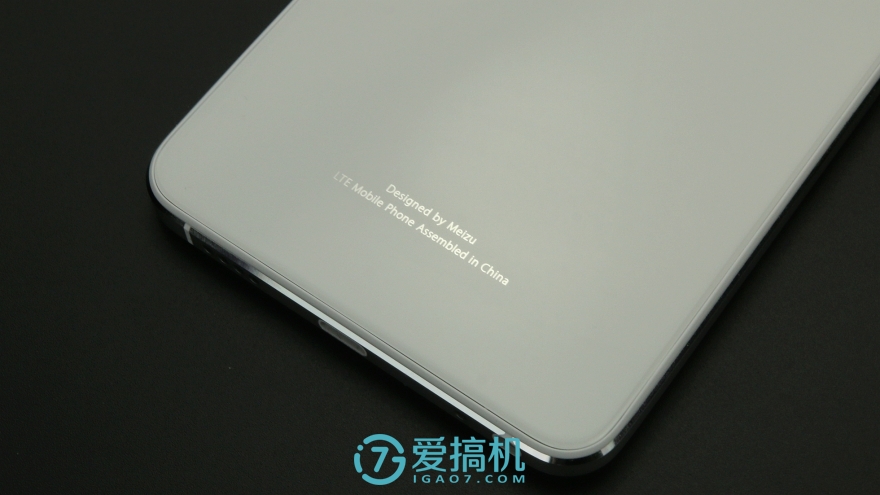
The back 2.5D glass is the biggest feature of the charm blue U20. The back glass is slightly more prominent than the front glass (I don't know if it is a tolerance or a design intent), resulting in a back edge that feels better than the front.
Similar to the iPhone 4's layout, the middle and underneath are the classic logos of the hot silver logo and "Designed by XX." The camera is slightly highlighted and the flash does not hide under the glass, but instead it is opened.
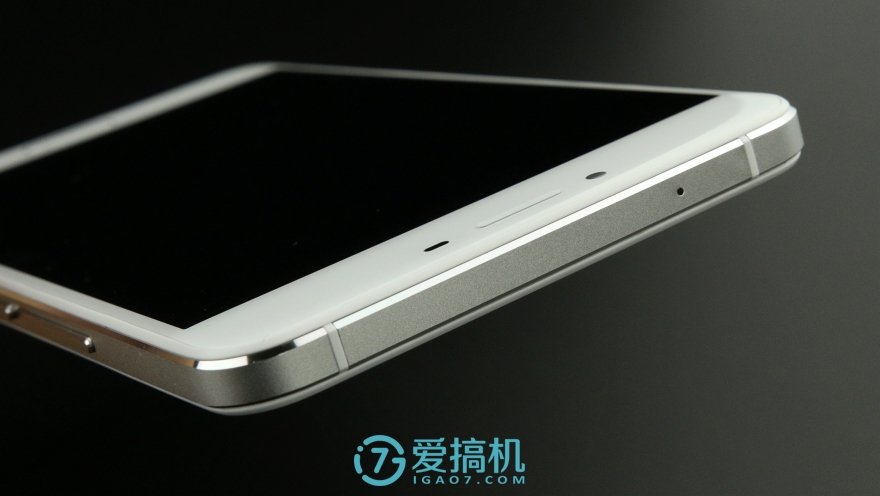
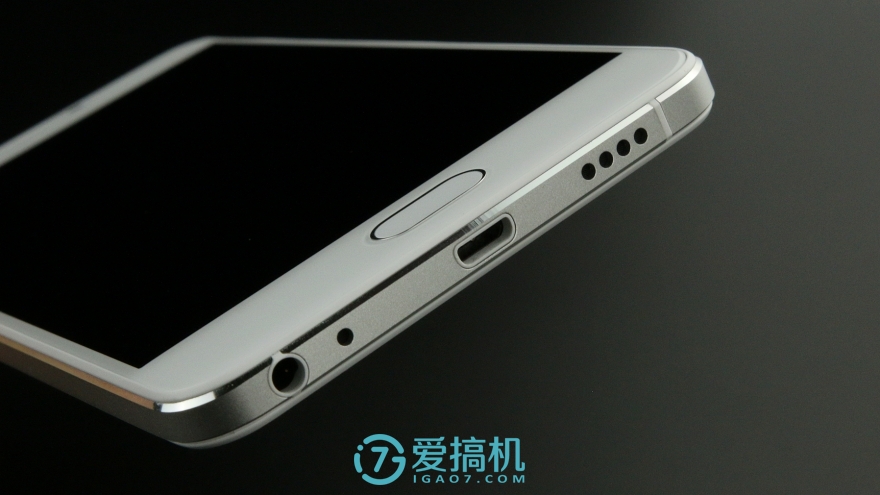
The noise reduction microphone is on the top of the fuselage, and the bottom is the headphone jack, main microphone, mirco-USB interface and speakers. It is worth noting that there are two antenna spacers on the upper and lower sides, one of which is integrated with the headphone jack, but none of them uses injection molding technology. Instead, they are plastic strips with lower cost, and they will be noticeably raised. Maybe to reduce tolerances, there is also a ring of plastic on the mirco-USB interface.
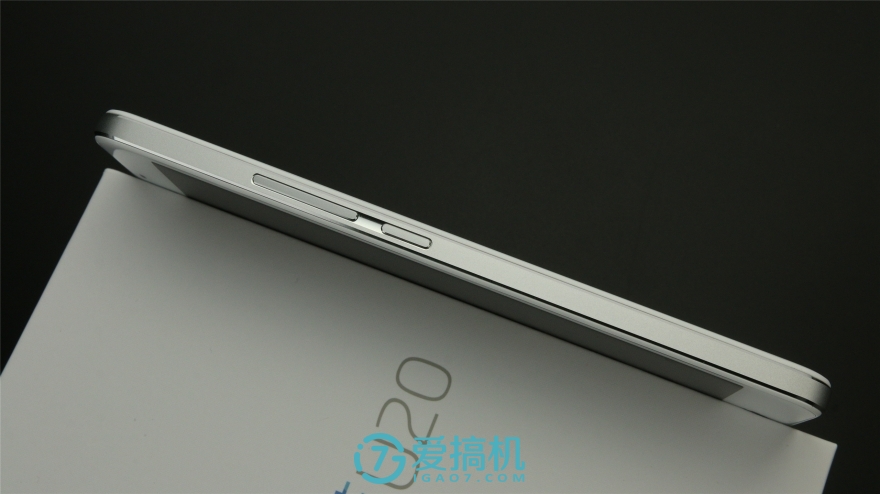
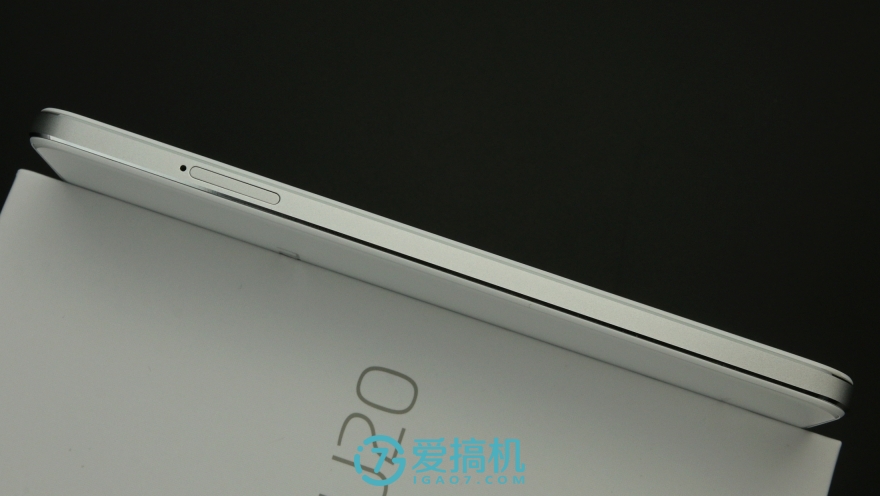
The metal frame is finely sandblasted with a small grain size and has bright chamfers at the upper and lower junctions. The key layout is a common left slot + right volume and power button. The machine uses an or card slot, supports dual nano-SIM card or SIM card + TF card.

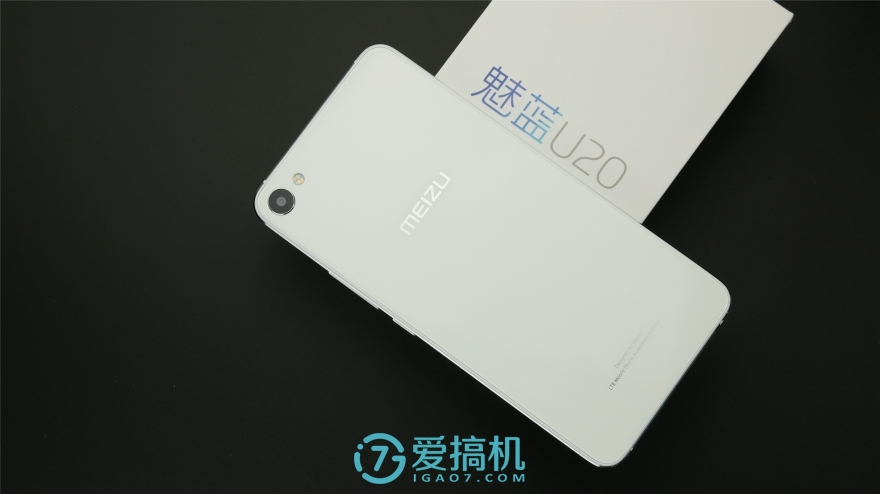
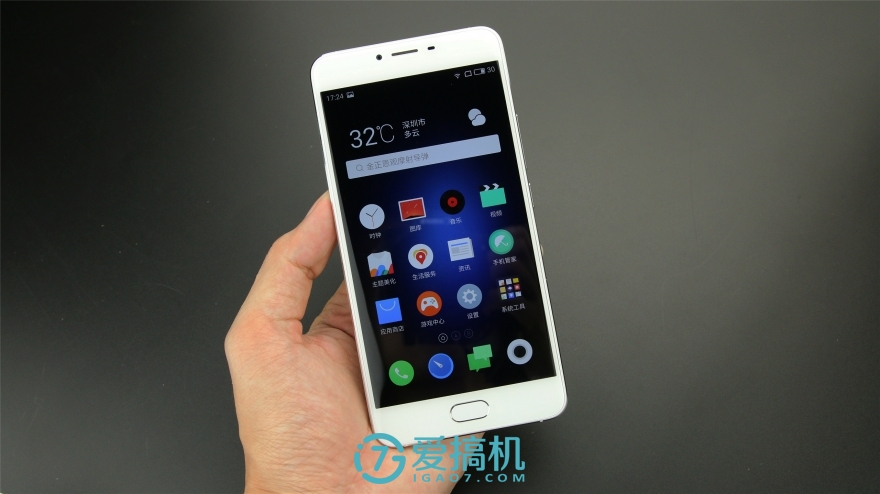
Workmanship: The overall workmanship can also be, but the antenna is not injection molding process, plastic washers slightly higher. The SIM card slot is relatively compact, the Home button is pressed to feel normal, there is no loud sound, and the volume and power button feel is slightly harder and more crisp. But I don't know if it's a case or common problem. Our tester's volume and power button's height and feel are different between soft and hard. The power button is a little bit crumbled and loose. Fortunately for the Meizu series, the Home key is the common key.
Feel: 5.5-inch screen, the fuselage frame is narrower than Charm Blue E and Charm Blue Note3, but the iPhone4's straight border and hard transition, indeed a little hands and support. In addition to the soft feel of the glass back cover, it is undoubtedly the worst cell phone in Meizu history.
Fingerprint recognition: The machine does not touch the home button to set the screen directly. It takes the same screen as Samsung and other conventional machines to press the Home button to start fingerprint identification. Fingerprint entry requires 15 presses. The unlocking speed is also a normal performance of Meizu. The speed is between Samsung S6 and S7.
Multi-machine comparison
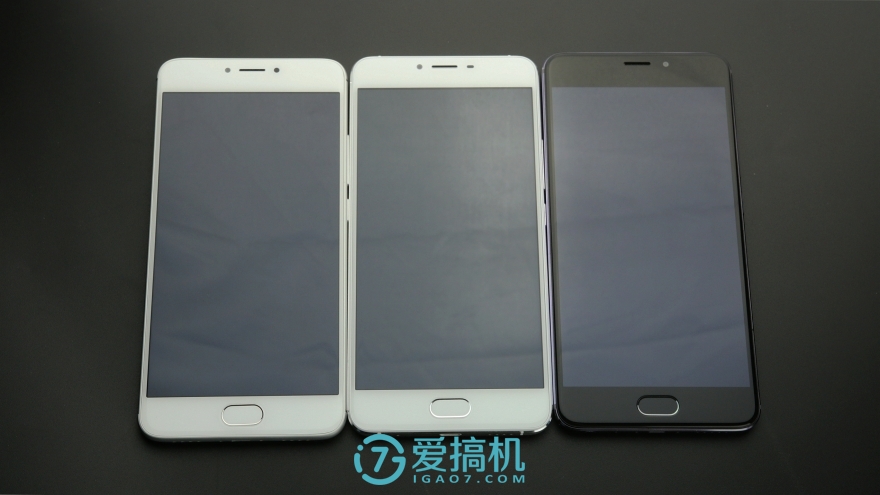
Charm Blue Note3, Charm Blue U20, Charm Blue E
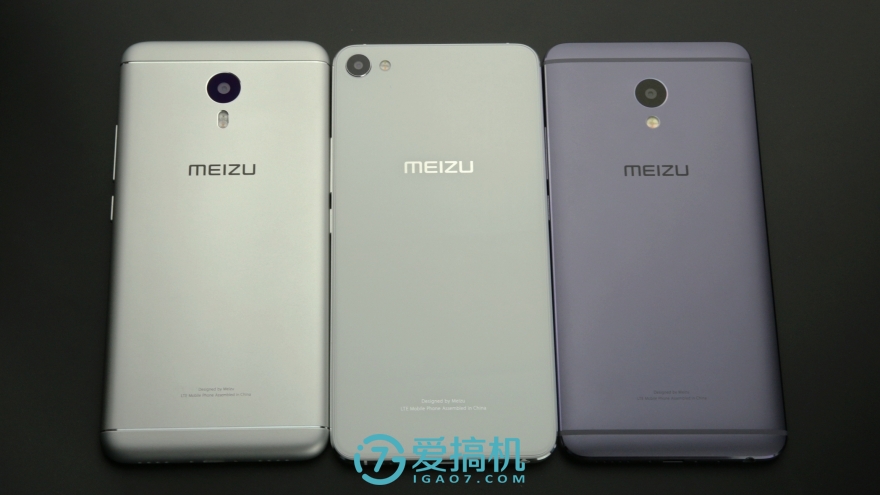
Charm Blue Note3, Charm Blue U20, Charm Blue E
In addition to the front face of the Charm Blue E, the front face is almost exactly the same. The thickness is not large, but the back is completely different from the three designs. Although everyone says that they are tired of the traditional family face of Meizu, I still prefer the earliest version. In addition, the charm blue U20 is now the only camera protruding blue charm.

Charm Blue E, Charm Blue U20, Red Rice Pro
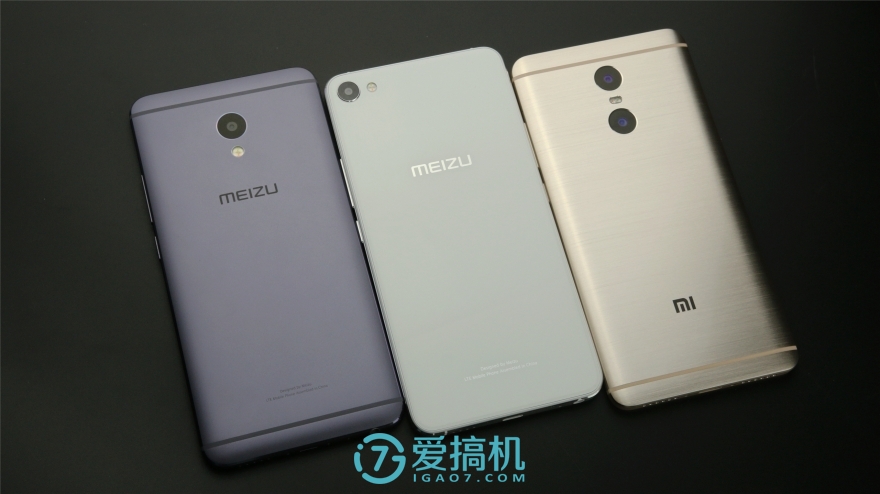
Charm Blue E, Charm Blue U20, Red Rice Pro
In terms of material differences, Red Rice Pro and Charm Blue E are more like brothers. Charm Blue U20's style is completely different, but the glass material is also very texture.
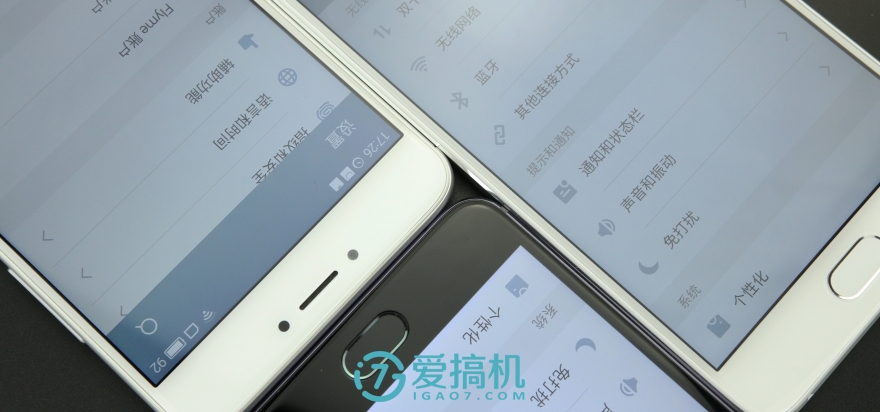
Top left Charm Blue Note3, Lower Charm Blue E, Upper Right Charm Blue U20
Charm Blue U20 is the best of these black phone control Meizu phone, the overall border thickness should be smaller, but the screen brightness is not as good as the two seniors.
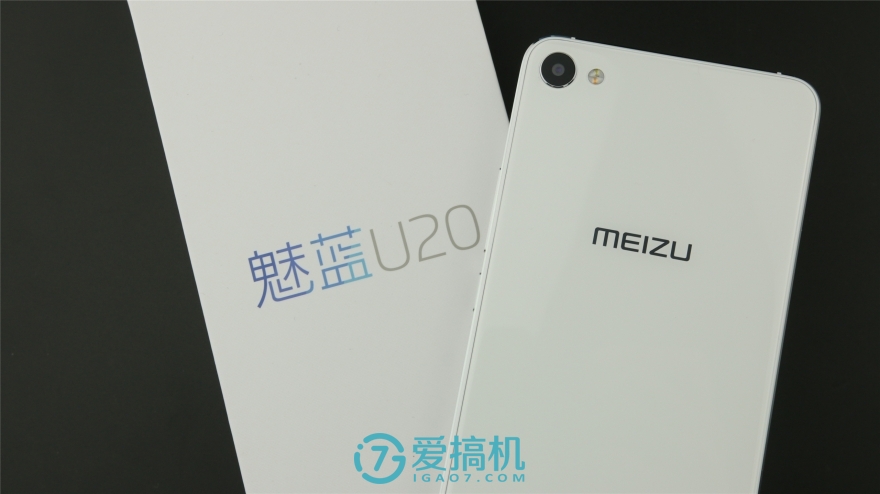
Without light, the white underneath this glass would look very plastic, but the overall whiteness was in place.
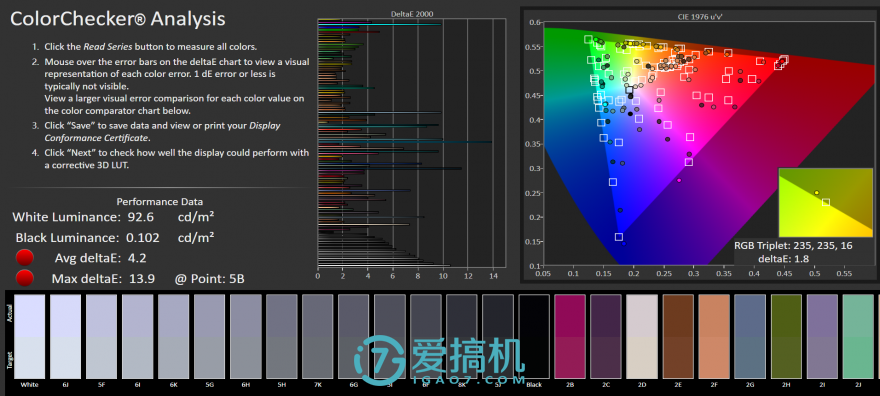
Charm Blue U20 equipped with a 5.5-inch 1080P IPS screen, the center of the highest brightness of 331 nits, the brightness of the corners were 266,292,300 and 308 nits. The highest brightness and uniformity are not ideal, and there will be more pressure when watching in the sun.
The machine contrast is 995:1, 92% sRGB color gamut, the default color temperature is 8543K, very obvious cold screen. At 90-100 nits brightness close to use, the average deltaE is 4.2, the maximum deltaE is 13.9, and the color performance is slightly better than the conventional Thousand Yuan.

System Version and Settings
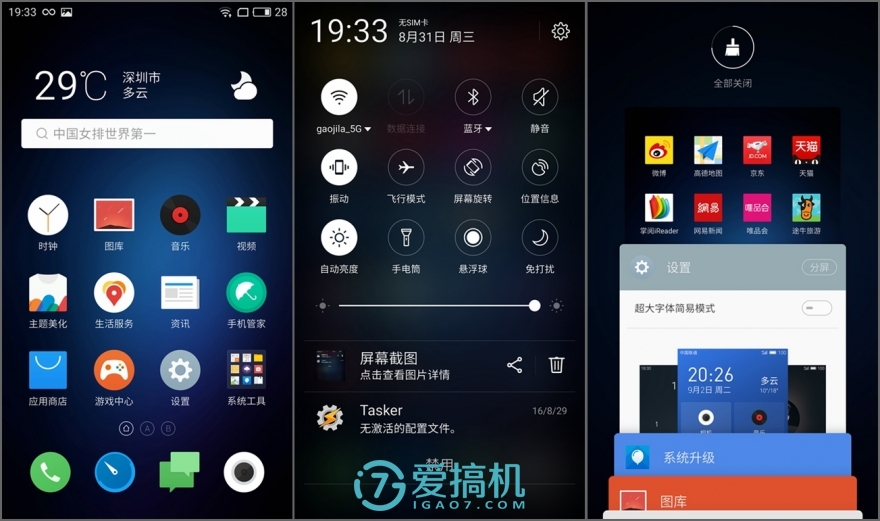
Desktop, notification bar, multitasking management interface
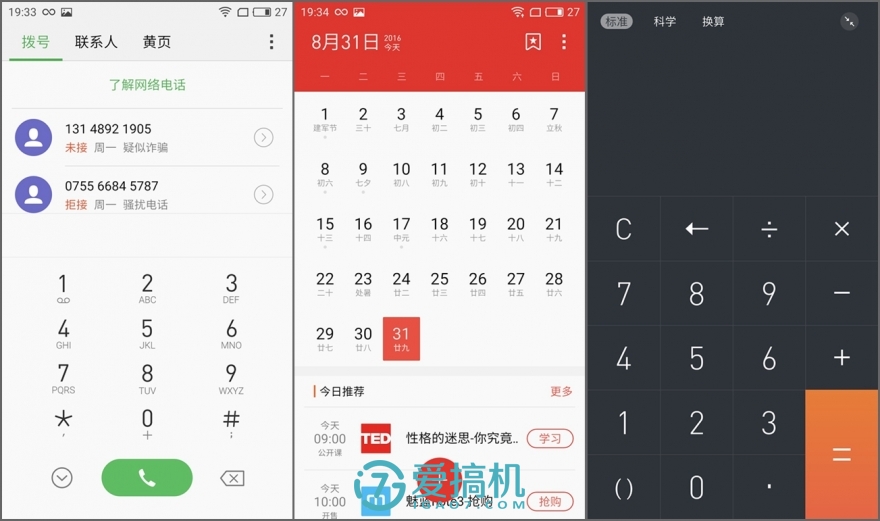
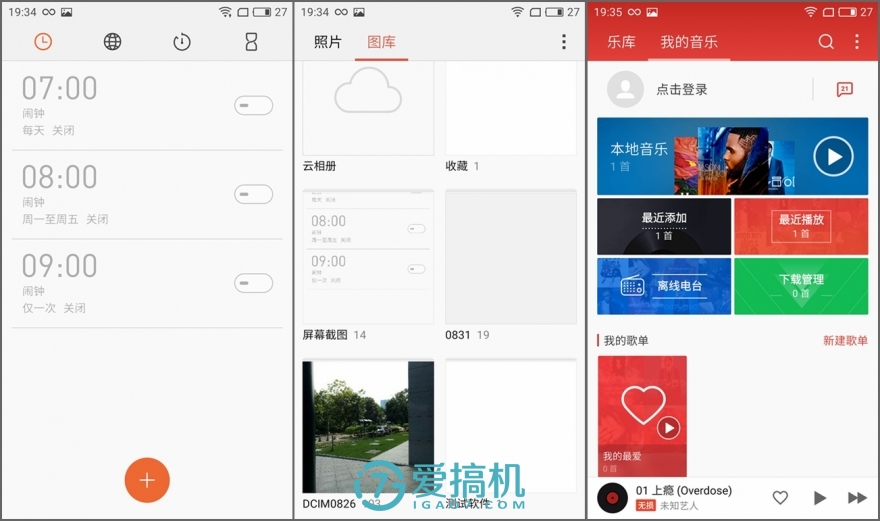
Comes with app
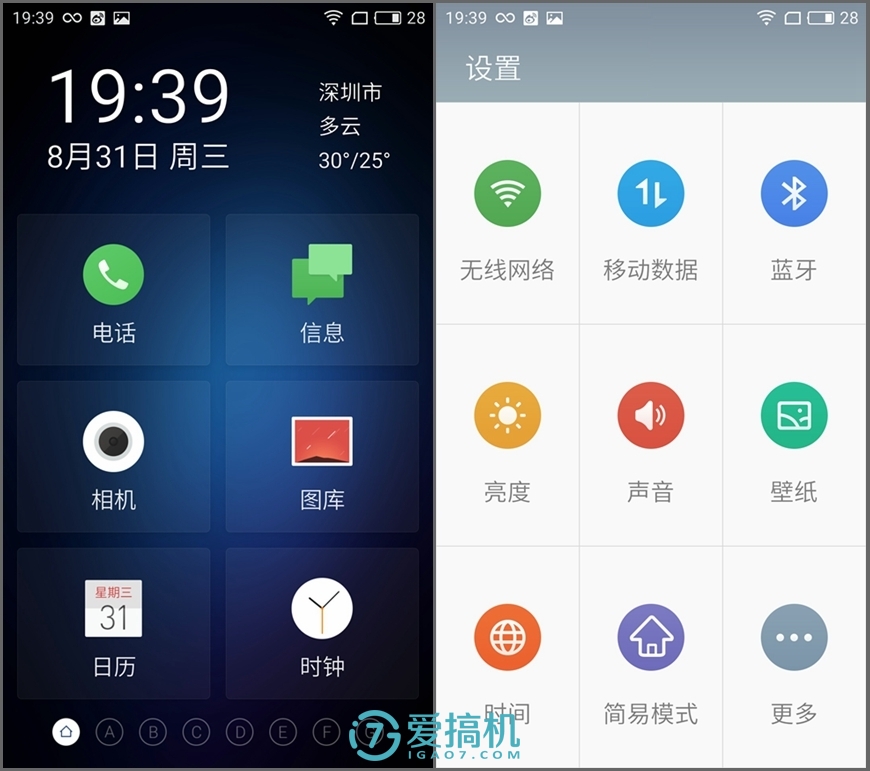
Simple mode
Charm Blue U20 is equipped with Flyme 5.2.4 based on Ali YunOS 5.1.1, although the bottom layer is not common Android, but if you do not say, it is impossible to detect this difference. The system interface and function are not much different from those of Flyme 5 on other machines, but they only support screen captures that take long screen shots (but they must be saved more than once, otherwise the screenshots won't be saved by default. This setting is more troublesome for new users. ). Its simple mode is basically a huge array of icons and setting items, as well as the default promotion of the font size, no major improvement in ease of use.
But overall, Flyme is still quite mature, smooth and clean, cloud services and basic application functions are relatively complete, but because the processor performance is not very lenient and there are aggressive control and core tuning strategies, although the machine slides smoothly, Slow loading.
Configuration Description: Charm Blue U20 equipped with a low-end computer "standard" of the MediaTek Helio P10 (MT6755m), CPU part is 8-core 1.8GHz A53, with a cluster size, GPU Mali-T860 MP2 @ 700 MHz. The performance part estimates that everyone is already familiar with it. The CPU is barely enough and the GPU performance is weak. It is one of the most standard and weakest SoCs on the active thousand-dollar level. It only has a stack of 4-core A53 hundred-yuan machines underneath it." Queen of SoC.
Contrast: We took the red rice Note3 full Netcom (Snapdragon 650), Le 2 (MediaTek X20), and Charm Blue Note3 (P10), Charm Blue E (P10), and Charm Blue U20. This is already the third machine of the Meizu Group using the MediaTek P10 (MT6755M).
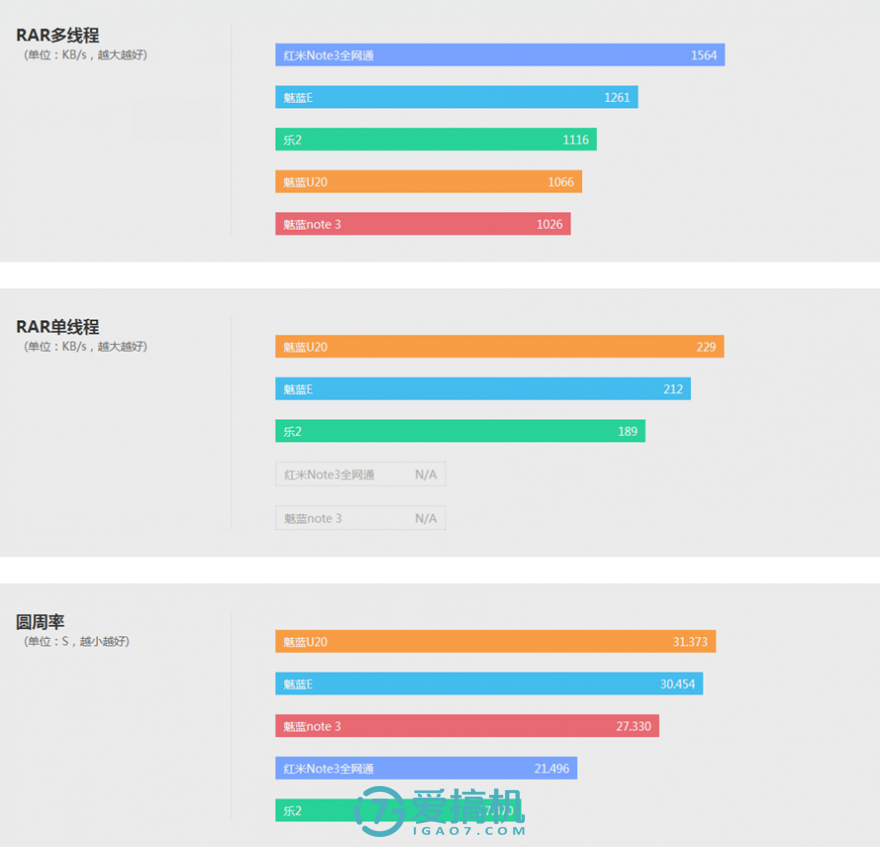
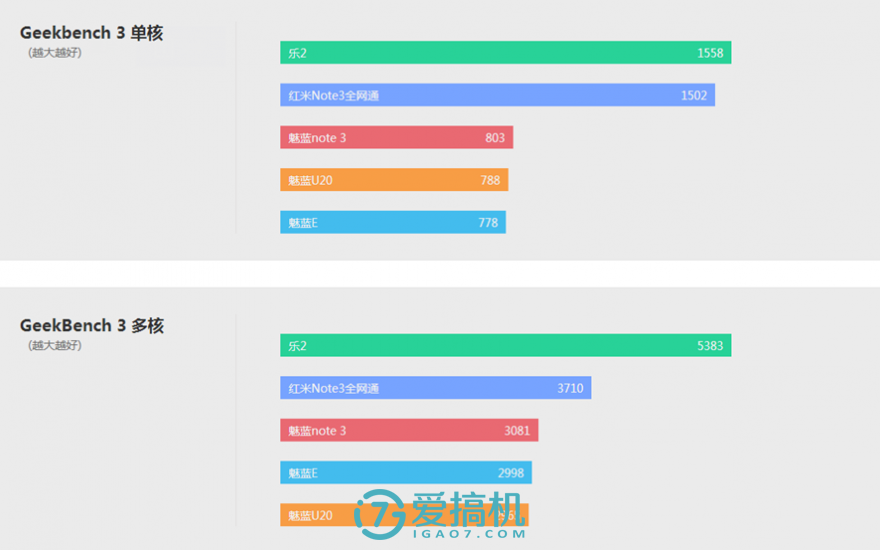
CPU computing performance
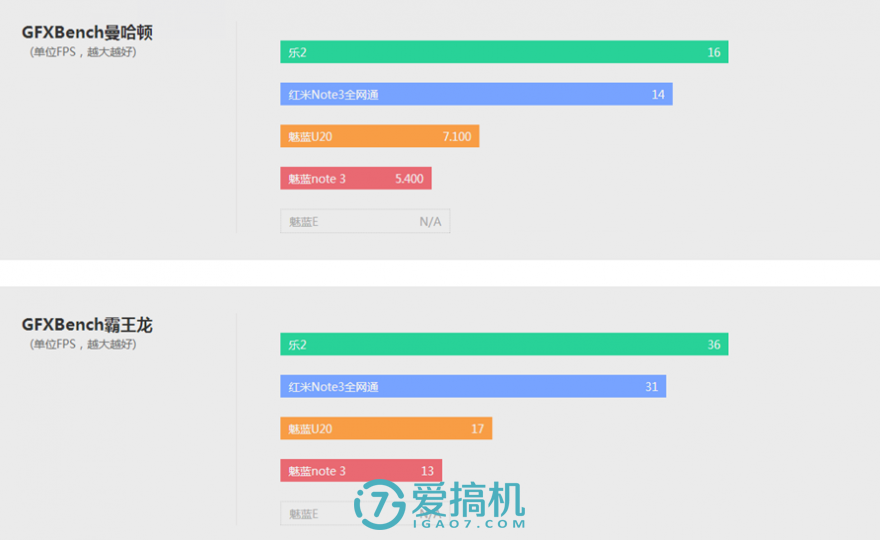
GPU graphics performance
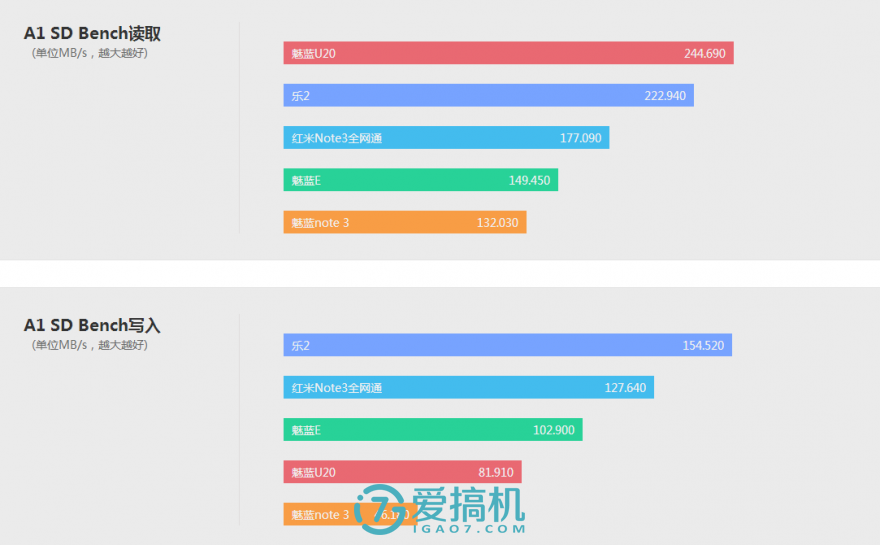
Flash read and write speed test
CPU: Three Charm Blues are completely lost to Redmi Note3 and Le2 in the same level. Both single-core and multi-core performances are thrown away.
GPUs play: Charm Blue E is absent due to the inability to install GFXBench packets, but the two Charm Blues still lag behind, and the gap is even larger than the CPU. What is more special is that it may be due to better new machine optimization. The score of Charm Blue U20 is much better than Charm Blue Note3, but it is still not compatible with large games.
Storage play: The most impact on the write speed of application loading at ordinary times, the Charm Blue series is still bottom, especially the Charm Blue Note3, the score is simply unattractive. Fortunately, the charm blue U20's continuous reading speed is quite good, enough to counterattack the music 2 and red rice Note3 full Netcom.
Frequency and core scheduling
The Charm Blue U20's MT6755m basically only has 3-4 1.8G large cores. It can be loaded into instants and games. It can open 6 cores in a short time and run at 21GHz+41.8GHzGHz.
There are two small nuclei that are closed for a long period of time. When a single small nucleus is turned on, occasionally there is an instant 1.8 GHz. This regulation is simply to use the MT6755's 8-core as a 4-core MT6752, and often there is a large core dropped.
stability
Test frequency scheduling and stability through pagers. 28 degrees at room temperature, test under the office lighting automatic brightness:
8-core full copy machine, floating point performance in 32.9 GFLOPS (820 in 120 or so);
Oddly, the Charm Blue U20 is still unable to open 8 cores, and the highest frequency is running at 1.8GHz4+1.0GHz2. And can only maintain 280 seconds;
Afterwards, the frequency was reduced to 1.5GHz4+0.8GHz2, and it continued until 530 seconds (25GFLOPS).
It must be said that the A53 is indeed the very core of power saving. The whole machine is only hot and cold, and the power consumption of the CPU is much smaller than that of the GPU.
Summary evaluation
Original MT6755 is very weak, and this is still with m, Meizu even locked two small core, resulting in even weaker performance, but the heat control is very good, even if the pager is only a little bit warmer, but the software Shows the highest core temperature of 63 degrees, and the rest of the temperature is between 40-50 degrees (probably the heat transfer of the fuselage is not good, or the software detects data errors).
Although the performance is weak, but daily use can still guarantee food and clothing, sliding will not have obvious Caton, but if you usually use the Android flagship, you can easily notice that the application speed and loading speed is significantly slower File, and 799 yuan Charm Blue Note3 is a standard.
Inspection items and rulers
The core of mobile phone photography is the camera experience and imaging effects. The main impacts are:
Speed , including focusing speed, shutter response, imaging speed;
The rate of filming, the probability of hand shaking and filming;
Automatic degree , can identify large light difference and low light scene, automatically trigger HDR and night scene mode;
Ease of use , whether the frame has delay/smear/drop frame/noise full screen, but the priority is not as high as the first three.
The imaging effects mainly include:
White balance and photometry , in many scenes such as daylight/light/weak light and extremely low light, whether the white balance (screen color wind direction) and the degree of lightness and darkness can approach the naked eye;
Discrimination and power can be roughly understood as sharpness. At the same time, the sharpness, detail and naturalness of the picture can be taken into consideration.
Tolerance , that is , the ability to simultaneously show the details of the shade, for the mobile phone, this is basically equivalent to whether the HDR effect is natural and harmonious, whether there is ghosting, white balance deviation and the decline of resolution and other issues after the synthesis;
The remaining assessments include noise control, color saturation (the closer to the naked eye the better, but Samsung and Huawei will be able to increase some of the recent, in order to please the user's eye), lens quality (including edge deterioration control, anti-glare, atomization Control, wide-angle and pillow-type distortion control, etc.) and many other things.
Although everyone's requirements for the photo experience are almost the same, the proportion of different items for imaging is completely different for different users: for example, the number of Mao who likes to enlarge photo scans will definitely put the power of resolution first. And the proportion is very high; the circle of friends in the sun has a special focus on latitude, white balance, saturation and other items, but the demand for resolution is not high. Therefore, the comparison will be based on different project segments, and everyone will focus on understanding what they care about.
Photo experience
Camera interface and smartness: The camera interface of the three Meizu thousand-thousand-thousand-thousand-dollar machines is exactly the same, and it is of a minimalist type, with good ease of use. There is an automatic night scene, but the HDR should be manually opened, with a general degree of intelligence
Shutter response, imaging speed, HDR and night scene processing speed: Charm Blue Note3 There will be a few seconds of view pause after pressing the shutter. The other two machines have no such problem. The charm blue U20 imaging speed, HDR, night mode and Charm Blue E are very close, the latter two time-consuming close to 2 seconds faster than the charm Blue Note3, but there is still a distance and the flagship.
Focusing success rate and filming rate: Charm Blue Note3 and Charm Blue U are both remarkable performances. Even though there are obvious pull bellows under very low light, they can successfully coke in the end. But the most expensive Charm Blue E auto focus will have a certain probability of out of focus, manual metering is very sensitive, it is easy to overexposure.
HDR and night scene effects
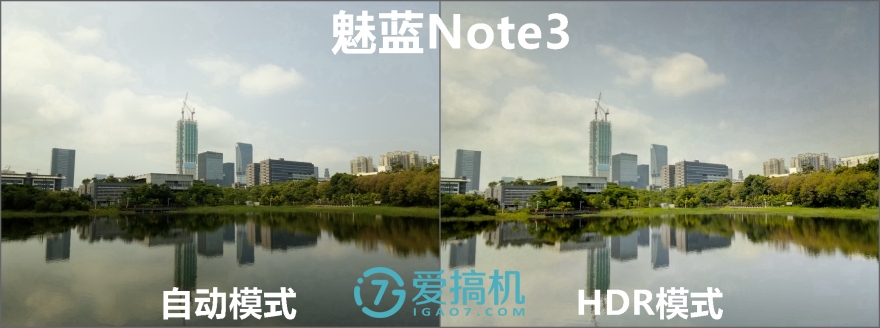
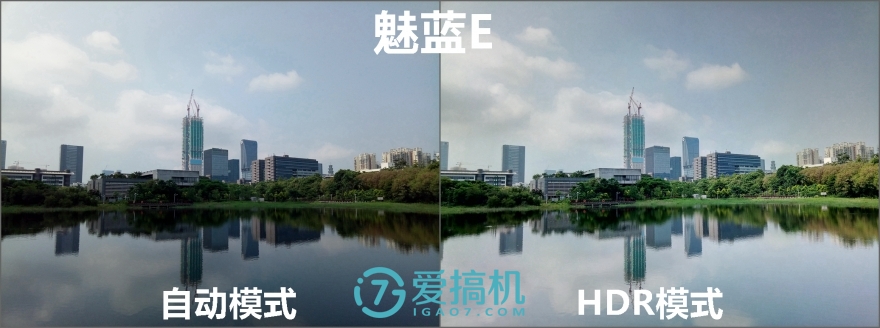
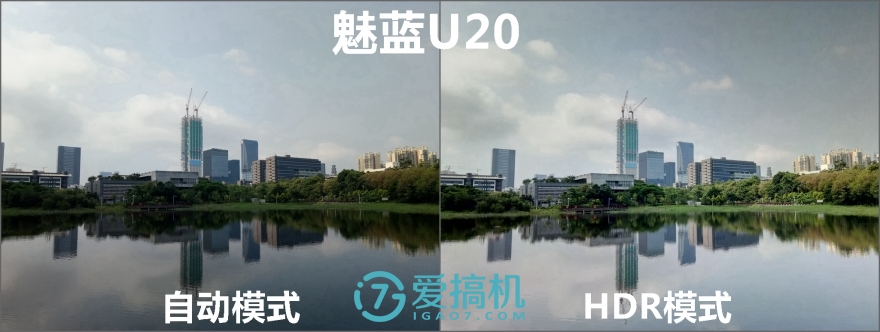
scene 1
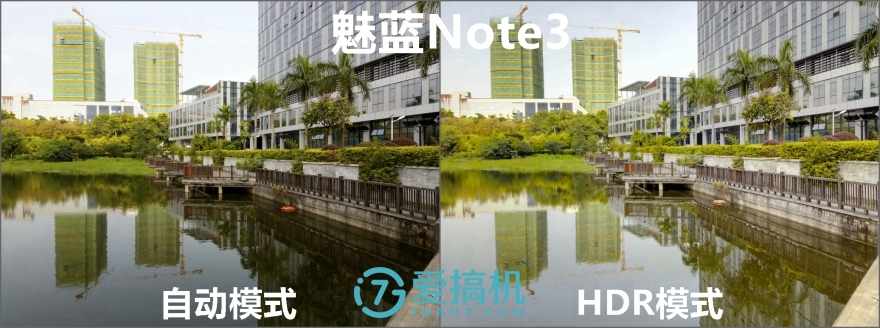
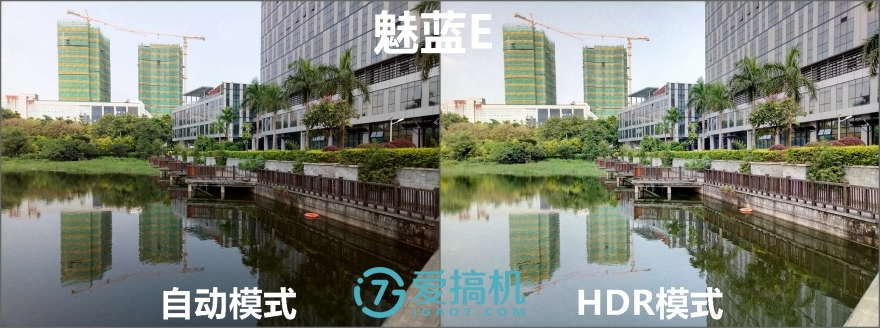
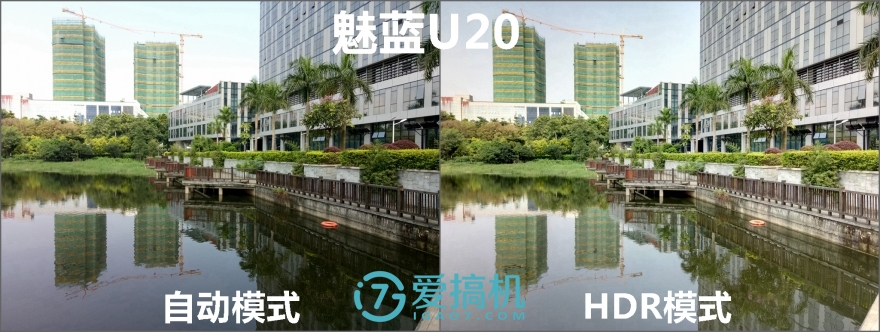
Scene 2
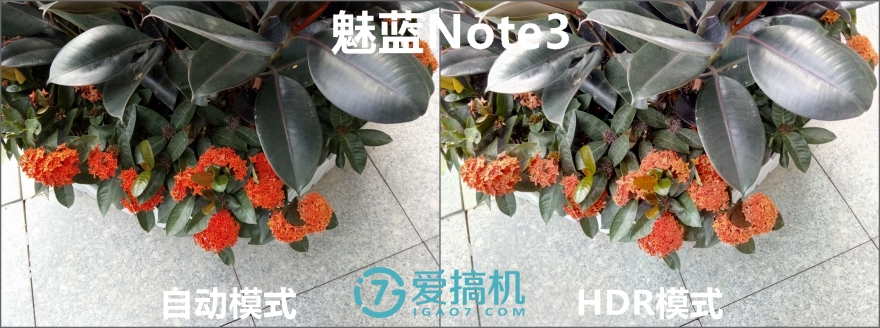
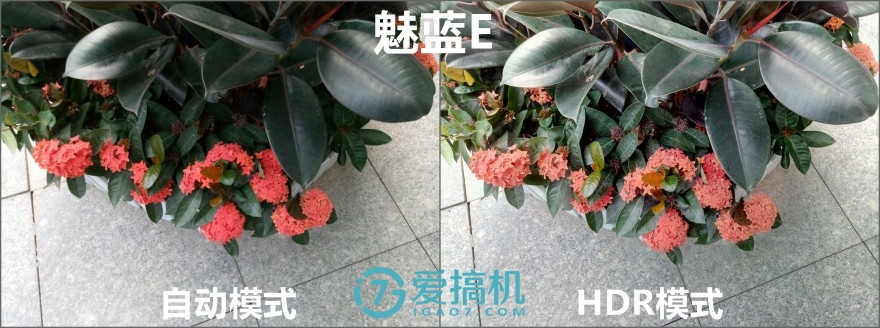
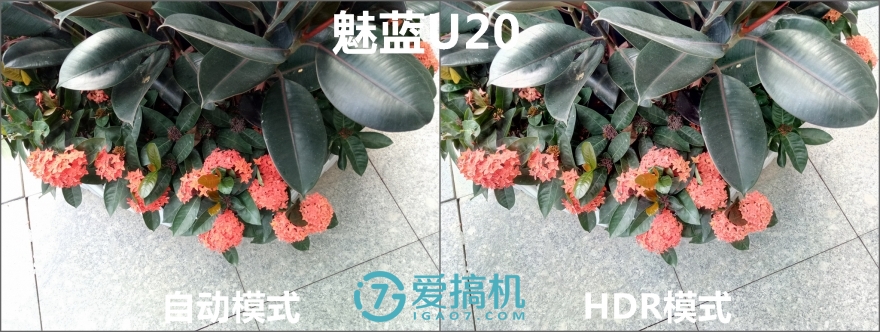
Scene 3
The big manufacturers that can compete with Xiaomi's HDR market are left with Meizu, and the two domestic big names have yet to adjust their own HDR algorithms. Charm Blue U20's HDR algorithm effect and Charm Blue E, Charm Blue Note3 and other predecessors, still no improvement.
Meizu HDR is characterized by a clear increase in the details of the shadows, but it is also overly bright on some occasions. The color temperature adjustment is not heavy, but the green saturation will be seriously affected, and the sense of oil painting is very heavy. The availability of HDR is even lower than that of Xiaomi's home. It is a level that is completely not recommended.
Lens quality & wide angle
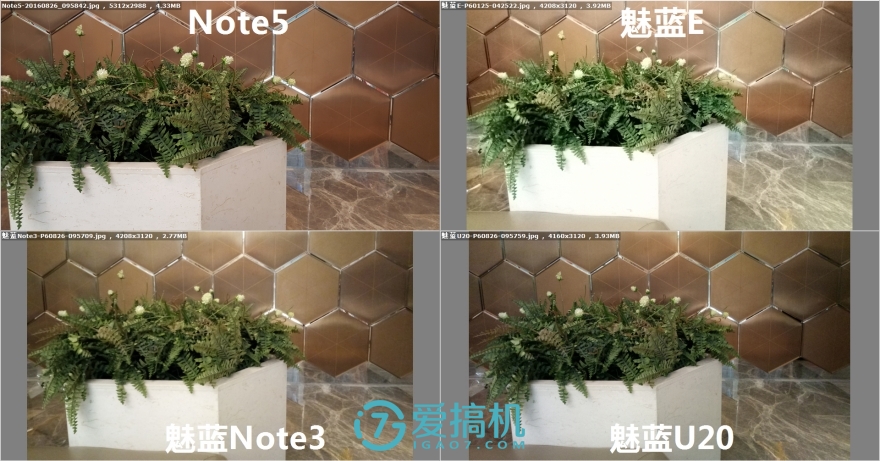
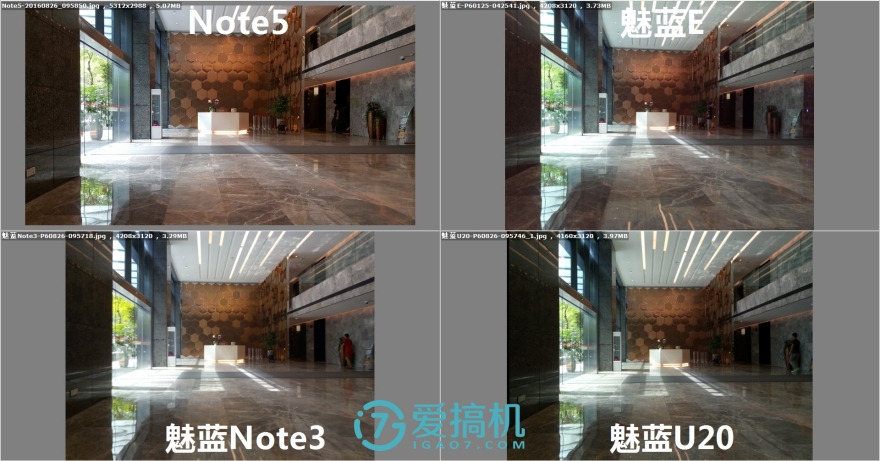
Although it is 13 million, the proofs of Charm Blue U20 are slightly smaller. But in terms of wide-angle, Charm Blue E is smaller than Charm Blue Note3 and Charm Blue U20. In exif, the former is 3.46mm focal length, and the latter two are 3.5mm focal length.
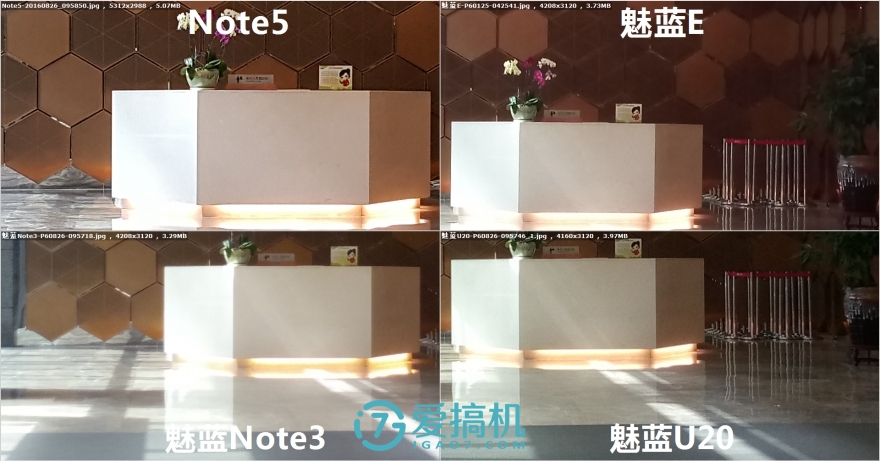
Equal magnification
Meizu is one of the most popular among all mobile phone manufacturers. While other manufacturers are using the equivalent focal length of 27-29mm, Meizu uses a wide-angle lens of about 26mm, and its mobile phones in these two years are almost such wide-angle range.
A wide-angle lens will have a noticeable effect when shooting at close range. The range of scenes recorded within 2m distance is several laps larger than that of Note5 with a 28mm equivalent focal length, while the distance above 10m is slightly smaller. In addition to the gap between 1600 and 13 million pixels, such as 10m distance shooting scene zoom, the size of the scene is very obvious, but also destined to Charm Blue or even Meizu series will not be too good.
Of course, wide-angle is not without advantages. It allows the user to take pictures easily. A photo captures more things. This is a problem for manufacturers. Only in the perspective of wide-angle and analytical power, the author is more optimistic about the tendency of discrimination. After all, many times when the camera scene can not fit, you can also back a little before, but the loss caused by the lack of analytical power is beyond the user's own control.
Daytime proofs
PS: Click on the image to see a larger image

scene 1
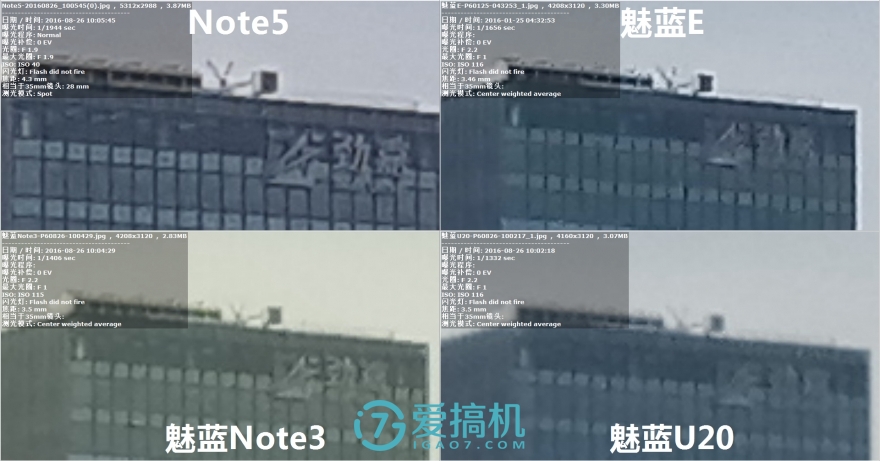
Scenario 1 Zoom
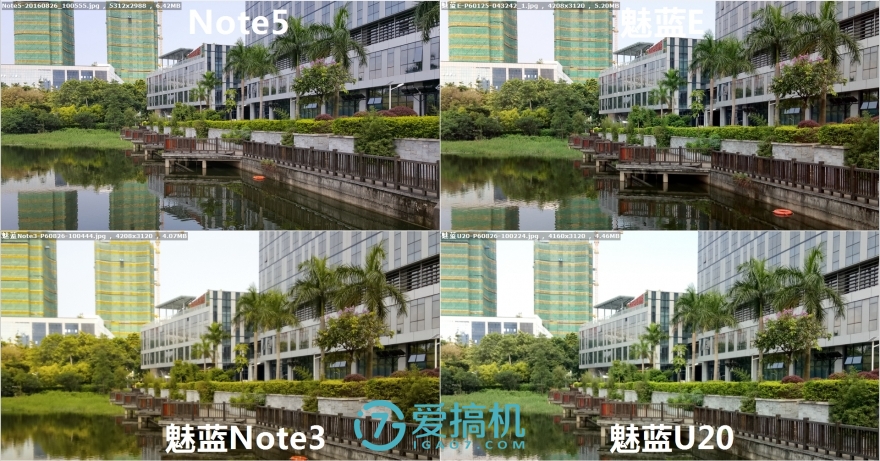
Scene 2

Scene 2 Central Zoom

Scene 3
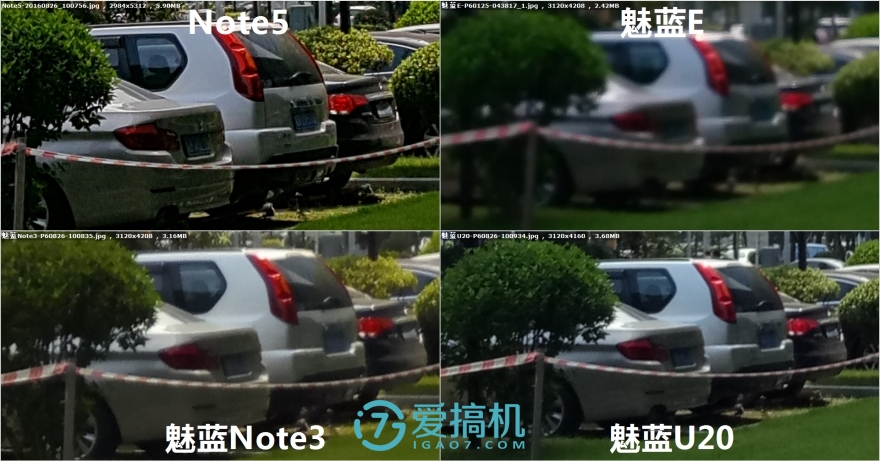
Scene 3 Central Zoom
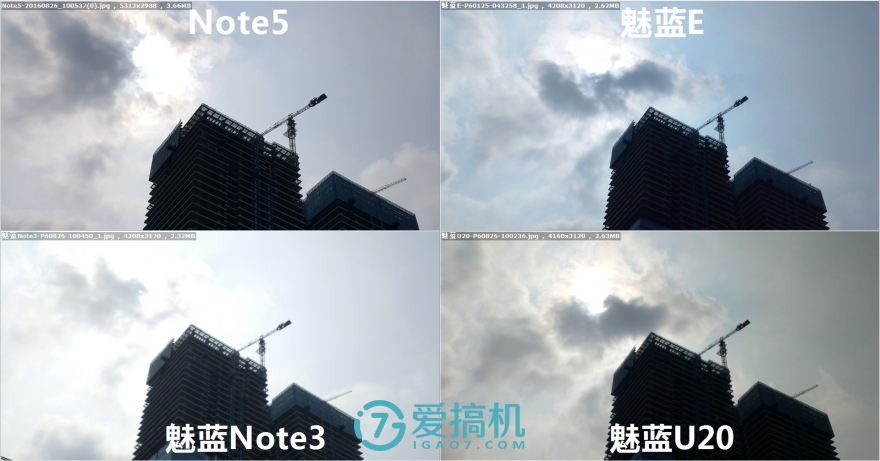
Scene 4
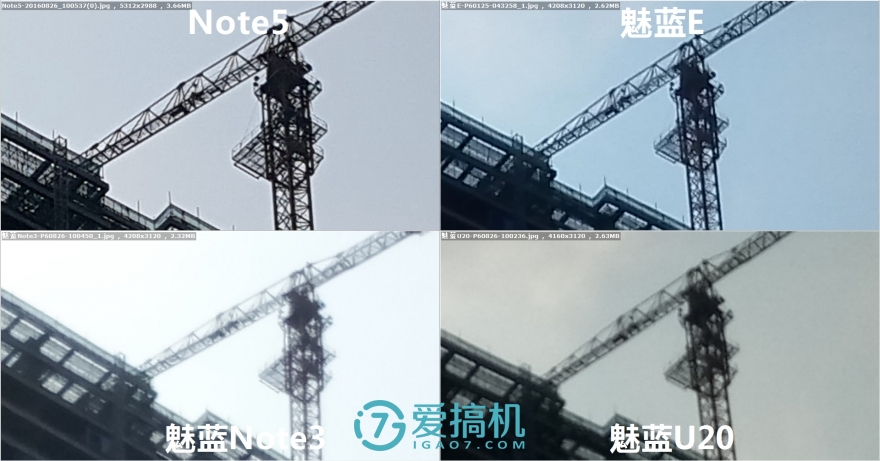
Scene 4 Central Zoom
Lighting and indoor proofs

Scene 5
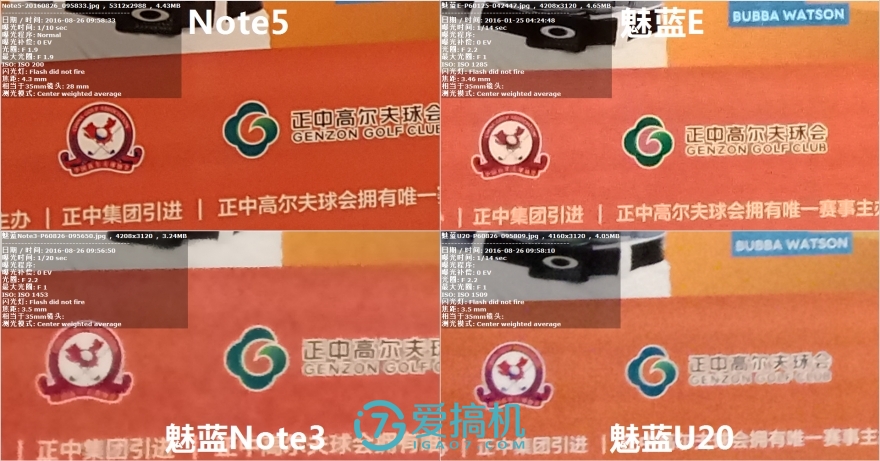
Scene 5 Central Zoom

Scene 6

Scene 7
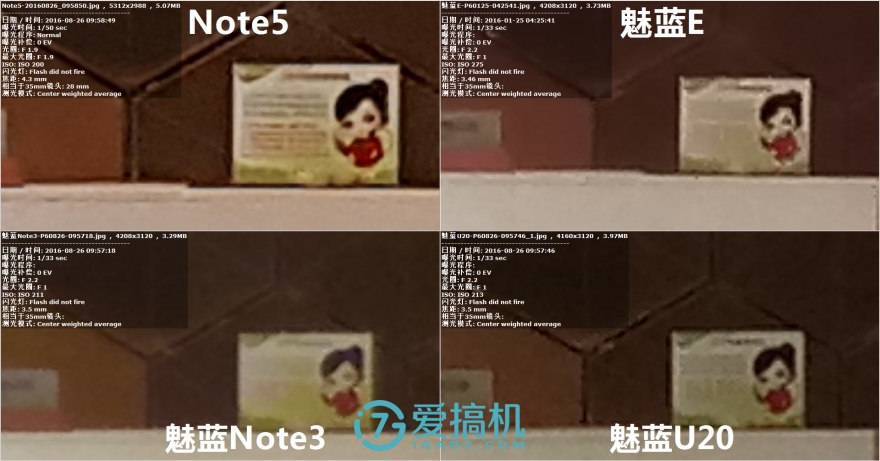
Scene 7 Central Zoom
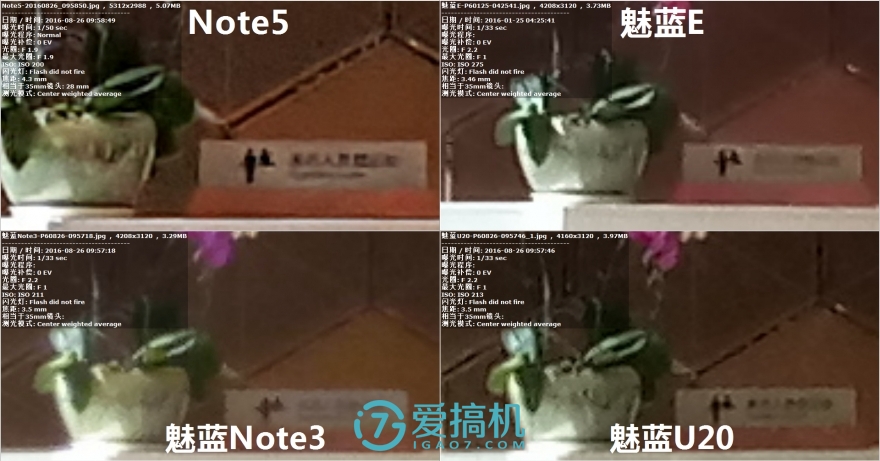
Scene 7 Center Left Zoom
Low light and very weak light proofs
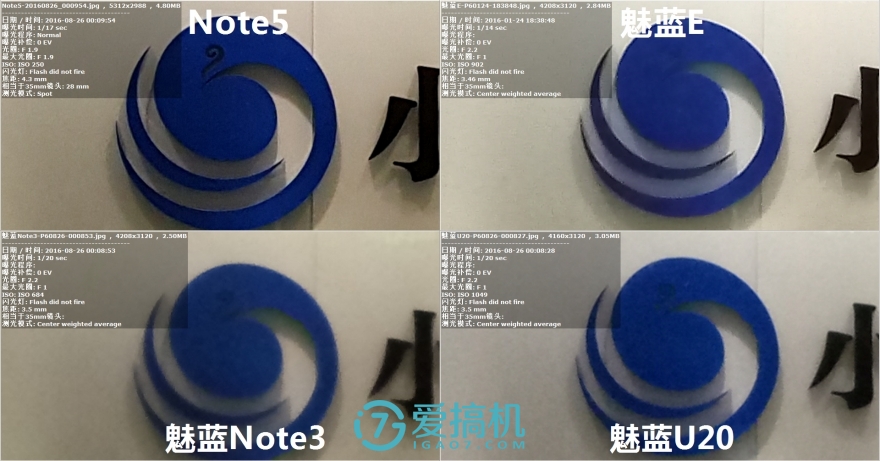
Scene 8 Central Zoom

Scene 8 Center Right Zoom

Scene 9
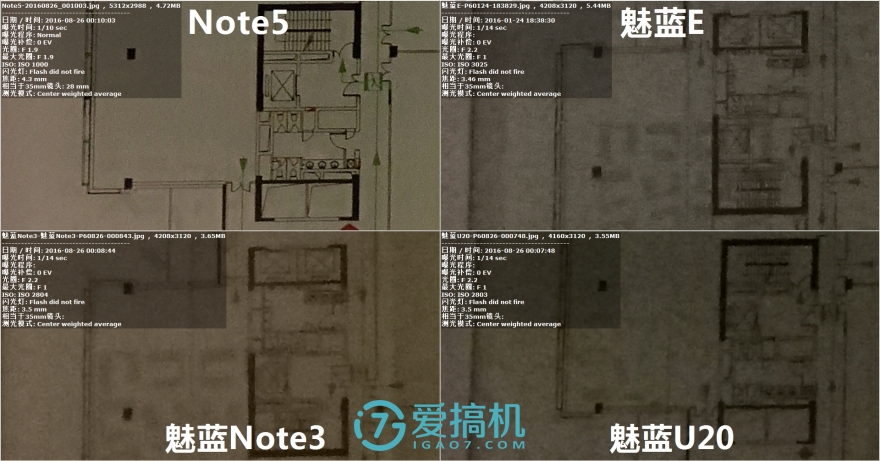
Scene 9 Center Zoom
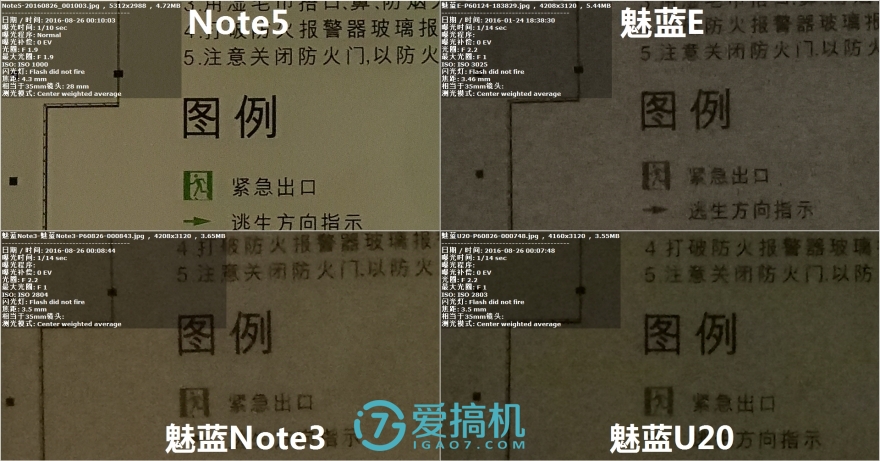
Scene 9 center right zoom
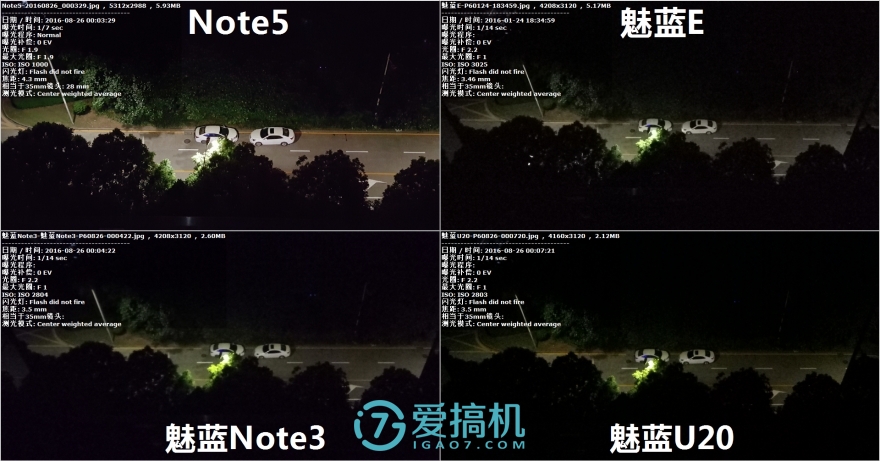
Scene 10
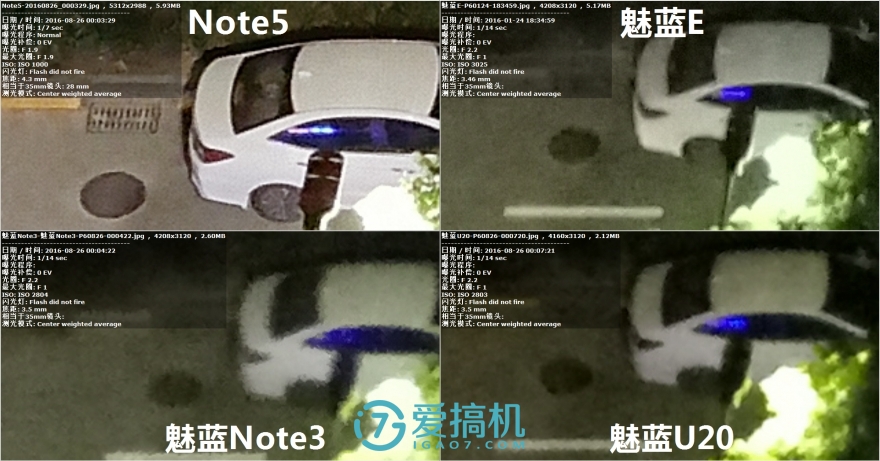
Scene 10 Central Zoom
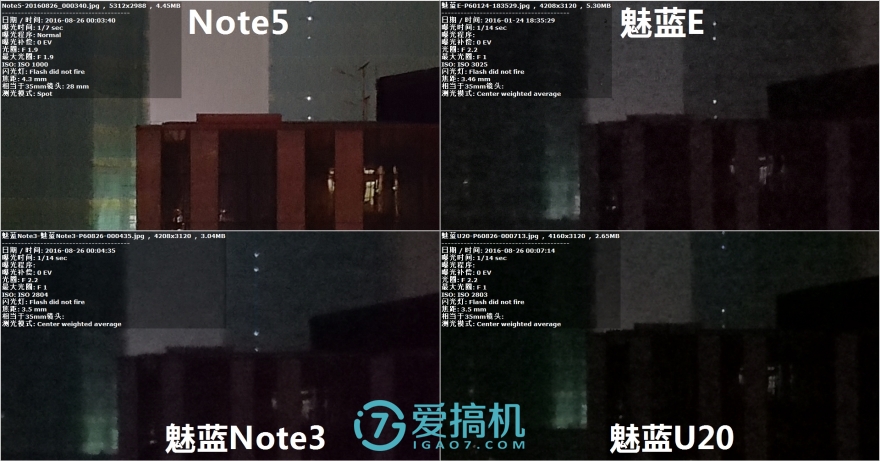
Scene 11 Central Zoom
The lowest price Charm Blue Note3, its imaging level is also significantly behind other mobile phones, white balance floating out of the edge, there will be irregular green and yellow issues of varying magnitude. The quality of the lens is poor, even if it is covered with a layer of gray during the day, the edge of the scene is blurred, and the power of analysis and analysis is miserable. If the light is weaker, it will be mad at ISO and smudges. The noise control is good, but the details are not much left. The overall level can only record the outline, even if it is used to scan the two-dimensional code, the light should be better.
Charm Blue E uses a smaller, wider-angle lens and is the first machine in the Meizu flagship series to use the Sony IMX sensor. The imaging performance is also the best of the three charm blues. Sensual generalization is that 3 positions are better than Charm Blue Note3 and 2 are better than Charm Blue U20. White balance is blue-green, but the magnitude is acceptable. Daytime resolution power is the normal 13 million sensor level, low light noise is also the best a charm blue.
The charm blue U20 is a very compromise product, sandwiched between the charm blue E and charm blue Note3, but closer to Charm Blue Note3, the actual imaging is still relatively disappointing, the overall is just slightly better than Charm Blue Note3. The lens limits the quality of the general, even during the day, the limit details will be ambiguous. White balance is slightly better than Charm Blue Note3. Low-light imaging is more obvious than Charm Blue Note3. It can only be said that Meizu has made the imaging gap of different price products very linear...
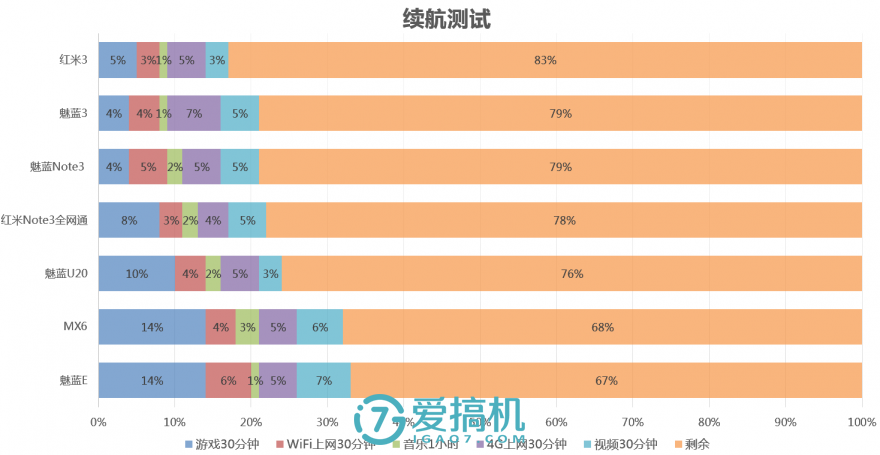
Charm Blue U20 equipped with 3260mAh battery, after 30 minutes of large-scale game (NBA 2K15), each 30 minutes of wifi and 4G Internet access, 1 hour music playback and 30 minutes of local video playback, after a full 3 hours of battery life test, the remaining power 76 %.
The frequency of exaggeration and the number of core controls allow the Charm Blue U20 to exhibit a significant fall away from the same battery life with the Charm Blue E. The overall life and the current Xiaolong 820's flagship is relatively close, but with the 4000mAh level of Charm Blue 3, Charm Blue Note3, Red Rice 3, Red Mi Note3 Netcom and other machines, will certainly be weaker.
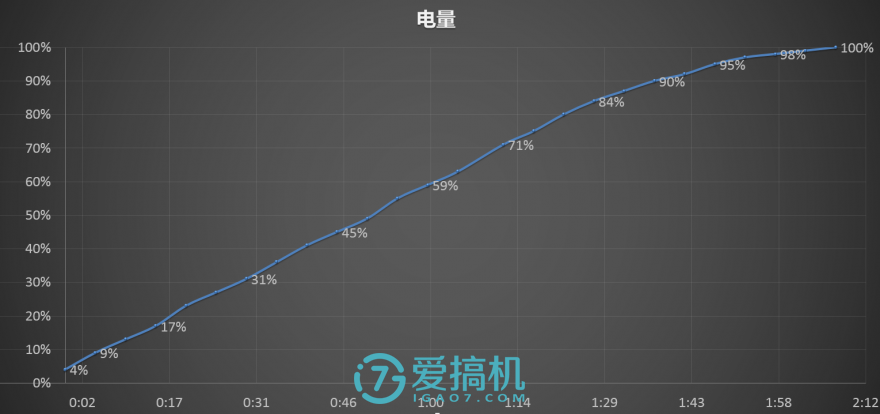
Charm Blue U20 does not support fast charging, standard 5V2A charger, charging speed is not optimistic. Charge from 4% to 100%, charge to 17% for 15 minutes, charge about 31% for 30 minutes, charge to 45% for 45 minutes, charge to 59% for 1 hour, and take 2 hours and 9 minutes to fully charge. Slowly.
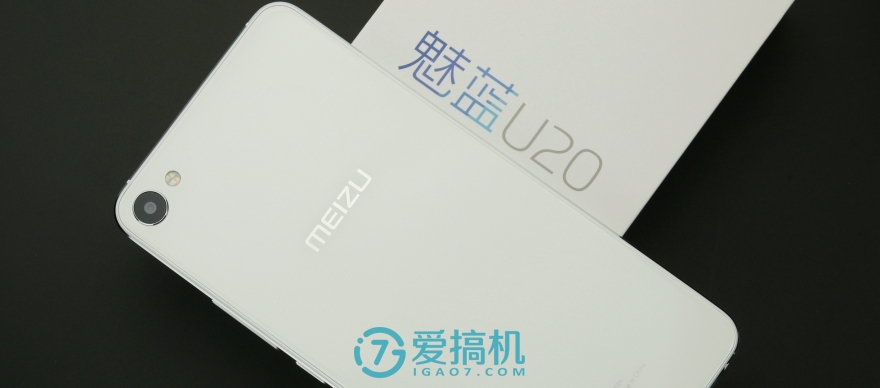
Charm Blue U20 test results and our industry's expectations are not much difference, its screen, performance and charm Blue Note3, Charm Blue E highly coincide, more ferocious frequency control so that performance is even weaker, but the battery life So slightly better than Charm Blue E. Photographs from the charm blue note3 "makes a bright" quagmire, but still not as good as the charm blue E. In the Meizu internal, Charm Blue Note3 / Charm Blue E / Charm Blue U20 these three only changed the shell of the machine, in addition to battery life, the performance of all strictly follow the law of a penny a cargo.
This is the first serious cost-effectiveness problem since the Blue Series interview. The performance of Charm Blue E and Charm Blue U20 is not much better than the cheaper Charm Blue Note3. They are indeed very “offlineâ€. "The double-sided 2.5D glass" is a very thin selling point, and it appears to be particularly weak in the face of short performance and cost performance. Even if they are looking for offline channels, in front of the OPPO/vivo's original thousand-class machines, in the music, Redmi Note3 Netcom, Redmi Note4 equivalent or cheaper machines, the charm blue E and The future of Charm Blue U20 is very optimistic.
It is very difficult for us not to think. What is left of the Meizu who lost the cost-performance ratio after today's mass-produced ROM experience has risen? Of course, this sentence can also be applied to Xiaomi and LeTV.
Speakers are one of the most common output devices used with computer systems. Some speakers are designed to work specifically with computers, while others can be hooked up to any type of sound system. Regardless of their design, the purpose of speakers is to produce audio output that can be heard by the listener.
Speakers are transducers that convert electromagnetic waves into sound waves. The speakers receive audio input from a device such as a computer or an audio receiver. This input may be either in analog or digital form. Analog speakers simply amplify the analog electromagnetic waves into sound waves. Since sound waves are produced in analog form, digital speakers must first convert the digital input to an analog signal, then generate the sound waves.
The sound produced by speakers is defined by frequency and amplitude. The frequency determines how high or low the pitch of the sound is. For example, a soprano singer's voice produces high frequency sound waves, while a bass guitar or kick drum generates sounds in the low frequency range. A speaker system's ability to accurately reproduce sound frequencies is a good indicator of how clear the audio will be. Many speakers include multiple speaker cones for different frequency ranges, which helps produce more accurate sounds for each range. Two-way speakers typically have a tweeter and a mid-range speaker, while three-way speakers have a tweeter, mid-range speaker, and subwoofer.
Speaker System,Magnet Speaker Acoustic,Moving Coil Loudspeaker,Metal Frame Mylar Speaker
Jiangsu Huawha Electronices Co.,Ltd , https://www.hnbuzzer.com